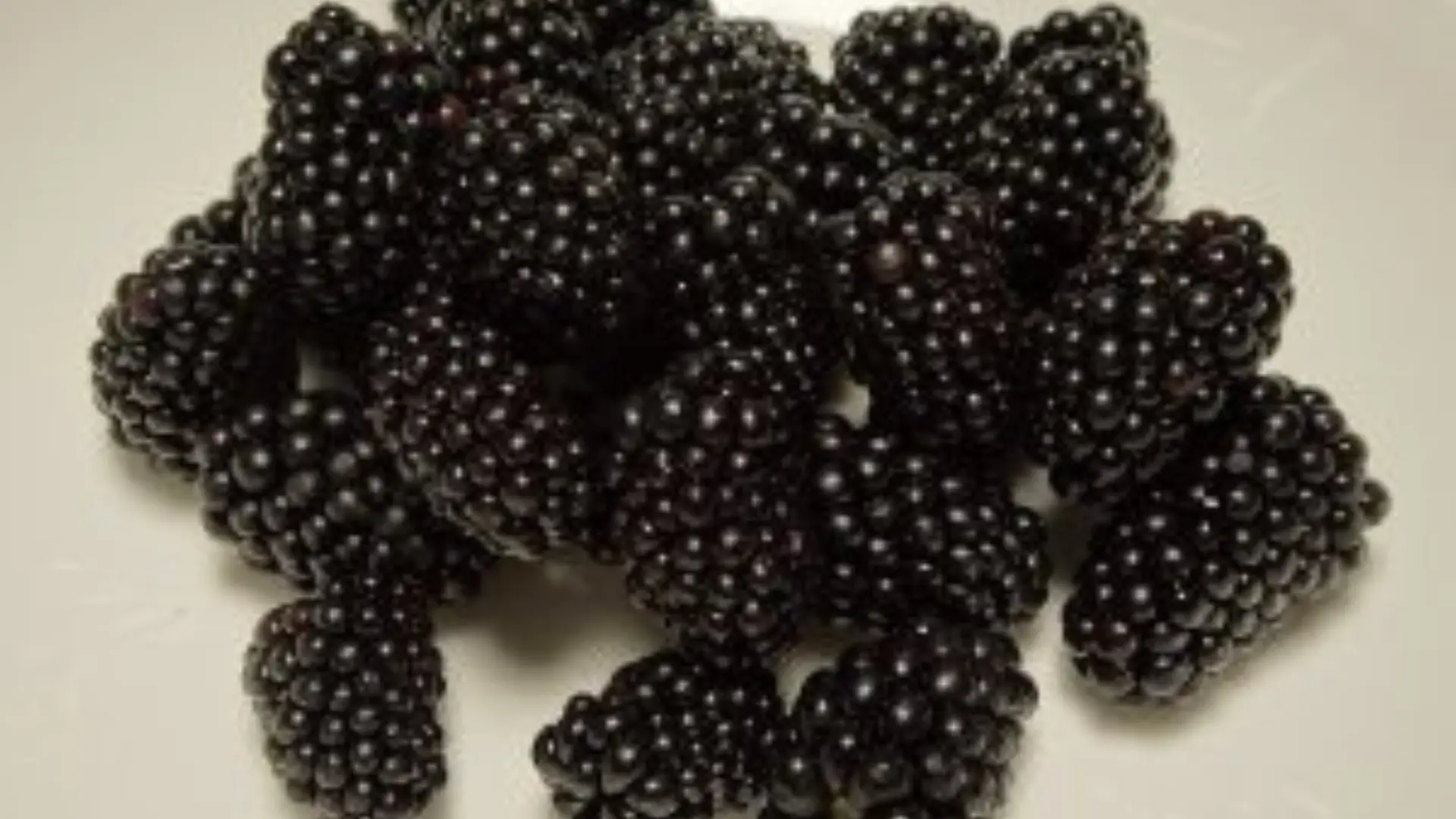One of the first decisions to be made when considering a new production investment is the size of the plant.
This is particularly true for berries, a category that is characterised by significant market opportunities, high investment and a number of critical operational issues.
As the size of production increases, the target market (and thus prices) changes and the producer will face increasing challenges also from an organisational point of view.
THE MARKET
berries has avery good image among consumers, who appreciate its healthy properties and naturalness.
For these reasons, many producers are choosing the direct channel to market their raspberries and blueberries, either through roadside stalls in the vicinity of the farm or by organising direct harvest days where the consumer can experience the countryside and come into contact with the plants, the fruit and the harvesting methods. Sales through electronic channels, via the farm's e-shops, are also gaining ground.
There are several factors that can contribute to the success of direct selling:
- location of the sales outlet or farm: activities near large urban centres, near busy communication routes and those with a high density of tourism are favoured;
- depth of range: it is advisable not to limit oneself to the production of a single article (e.g. blueberries) but to offer the consumer a wider range which, in addition to the main ones berries, could also include minor fruits that attract the consumer's attention, arousing interest as novelties (e.g. yellow raspberries or mini kiwis) or as a revival of forgotten traditional products (such as jujubes in certain regions).
- breadth of range: the offer can include, in addition to fresh products, also processed products: juices, jams, dried products;
- segmentation: in direct sales, the producer has the opportunity to sell also second-class products suitable for processing: the consumer will then find cheaper products for home-made jams, juices, smoothies or for freezing.
Direct selling cannot do without an adequate promotional presence on social media and the Internet in general. In this regard, we refer to the webinars organised by Direttissima.
The limitation of this form of sales is in the size as the target market is only local and restricted to one sales channel.
As the manufacturer grows in size, it will also have to expand its sales channels: while maintaining a local scope of activity, it will primarily target bakeries, ice cream parlours and restaurants that use berries as an ingredient in their products or preparations.
Direct supplies to retail channels such as greengrocers and supermarkets can also be made locally. The latter in particular often have an interest in local produce.
A further step in production growth will make it necessary to turn to the specialised wholesalers of berries who have regional or national scope. These channels may require pre-refrigeration infrastructure (a suitably sized cold room) and appropriate logistical organisation (mainly to meet the customer's packaging and transport needs).
The last degree on the size scale is when production exceeds local, regional and national sales possibilities and the producer has to turn more or less directly to the foreign market. This aim of internationalisation may also be only temporary, in order to cope with seasonal production peaks.
PRICES
The sale to the consumer is the most profitable and direct way of marketing, thanks to which the producer can easily achieve prices around € 15 per kilogram.
The use of indirect sales channels , on the other hand, means that the other links in the distribution chain also receive a margin and the producer's profitability will decrease accordingly.
Facing regional, national and international markets will expose the producer to increasingly broad and aggressive competition, confronting him with countries that have significantly lower production costs and larger scale production. At international level, the overall quantities that are placed on the market also play an important role: during peak production periods there is a risk that market prices will not cover production costs.
ORGANISATIONAL CHALLENGES
In addition to the economic size of the investment, which can reach €100,000 per hectare, the farmer who wants to invest in berries has to face the growing challenges of labour management.
Indeed, berries is a labour-intensive crop, particularly at harvest time. It is a question of ensuring an adequate availability of personnel to cover all stages of the production process from the field to the processing warehouse.
It is therefore critical to have sufficient labour available on a regular and reliable basis, particularly during the harvesting phases, which normally extend over several months.
Difficulties in finding agricultural labour are increasing interest in automatic harvesting machines and sorting and packaging lines with varying degrees of automation.
CONCLUSIONS
The choice of company size is closely linked to the prices that can be achieved in the target markets, the investments needed to adequately serve these markets and some operational criticalities, the main one at the moment being the reduced availability of labour.
The entrepreneur will have to carefully assess all these aspects in order to plan his investment appropriately, sizing it according to his objectives and access to financial and labour resources.
It is therefore a non-linearly scalable crop: with each increase in the production structure, the complexity of the challenges and the capital required to keep production sustainable increases more than proportionately.
Italian Berry - All rights reserved










